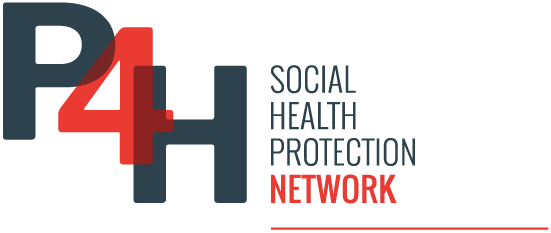Sweden is a high-income country in northern Europe. In 2022 its population was about 10.5 million people and life expectancy reached 83.1 years, the second highest in the European Union. The following extract from Sweden: Country Health Profile 2023, published by the European Observatory on Health Systems and Policies, summarizes Sweden’s health system.
[Health system organization and health spending]
The health system is decentralised with national oversight. Health coverage is universal for the population in Sweden regardless of their nationality, with health services either freely available or accessible with low affordable copayments. The national government is responsible for regulation and supervision, and the 21 regions have responsibility for financing, purchasing and providing healthcare services. The regions oversee primary, specialist and psychiatric healthcare, while the 290 municipalities are responsible for care for people with disabilities, rehabilitation services, home care, elderly care and school healthcare.
As a share of GDP, health spending reached 11.2% in 2021 due to pandemic-related costs. Sweden’s health spending slightly surpasses the EU average: per capita spending was EUR 4 200 in 2021 compared to EUR 4 028 across the EU [European Union] (adjusted for differences in purchasing power). Public funding covered 86% of health expenses, exceeding the EU average of 81%. Most of the remaining health spending – 13% – was paid directly out of pocket by households – a slightly lower share than the EU average (14.5%).
[Benefits package]
The benefits package is comprehensive, but some disparities in coverage exist across regions. The regional structure – with 21 autonomous regions – leads to some disparities in health service coverage rules in different parts of the country. To mitigate this structural problem, the National Board for Health and Welfare and the Swedish Association of Local Authorities and Regions work together to agree on common guidelines and strategies. Low fees are applicable for almost all types of services, with exemptions applicable to vulnerable groups. Voluntary health insurance accounts for about 1% of health spending, but the take-up has expanded as it can offer quick access to healthcare.
[Latest improvements and priorities]
Use of teleconsultations increased sharply during the COVID-19 pandemic as a way to maintain access to healthcare. Legislation passed in 2022 aimed to integrate teleconsultations better into local health systems. To address hospital bed shortages, the National Board of Health and Welfare was to allocate SEK 2 billion (EUR 175 million) in 2023 to the regions. The country is allocating EUR 452 million to address workforce shortages in long-term care.
